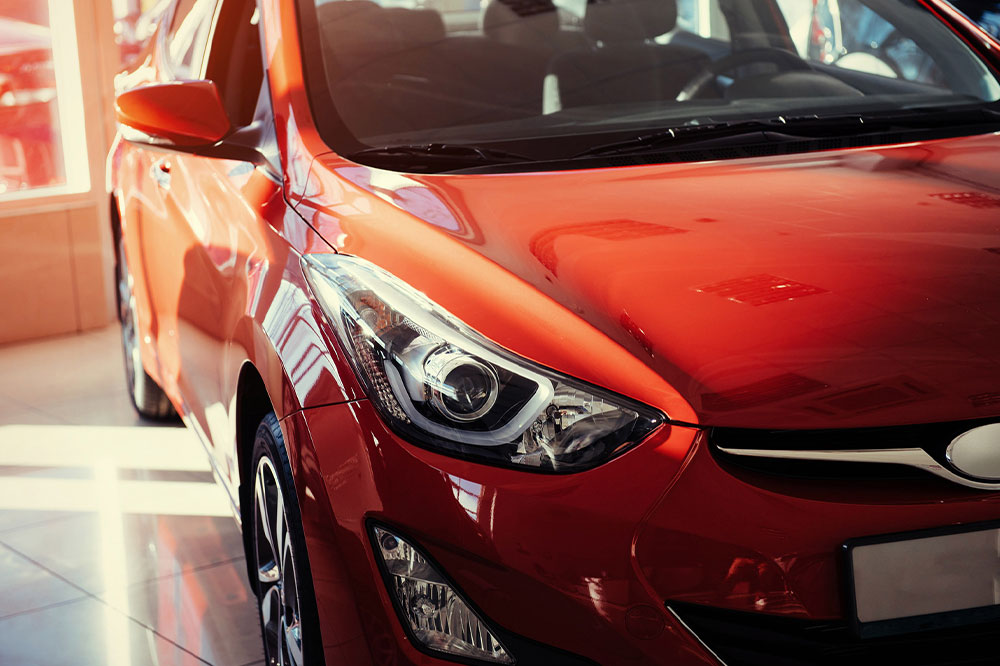An Overview of the Hyundai Sonata Hybrid
Hyundai’s eye-catching Sonata injects much-needed color into the otherwise bland midsize family sedan market. The Sonata Hybrid is a popular model in the lineup, mainly for its excellent fuel economy. Additionally, it provides a smooth ride, rapid acceleration, and precise steering. The car is well-designed, with a cozy interior, an intuitive entertainment system, and a sizable trunk. Read more about the Hyundai Sonata Hybrid to see if it is right for you.

About Hyundai
Hyundai Motor Company, often known as Hyundai Motors or just Hyundai, is a South Korean automaker established in 1967. Currently, the firm owns 33.88 percent of Kia Corporation and entirely controls two brands: Genesis Motor (a subsidiary for luxury cars) and Ioniq (a sub-brand for electric vehicles).
Hyundai Sonata Hybrid – Features
Here are a few must-know aspects of the car:
Engine and performance
A 2.0-liter inline four-cylinder engine, an electric motor, and lithium-ion battery power the Hyundai Sonata Hybrid. The system produces 192 horsepower in total, and the power to the front wheels is sent via a six-speed automatic transmission. The auto transmission is not the best, but it does shift pretty smoothly in the Sport mode. The switch from hybrid to gas-only power is not entirely smooth either. The Blue trim’s maximum city/highway fuel efficiency is 50/54 mpg, whereas the fuel efficiency for the other trims is roughly 45/51 mpg.
Interiors
The inside of the Sonata is inviting. It provides the impression that the sedan is more expensive than it is. Legroom and cargo space are similar to those in the regular Sonata. The dashboard’s design is simple and functional, the materials seem and feel high-end, and the back seat is spacious and comfy. The Hyundai Sonata Hybrid’s 16 cubic feet of cargo space is about average for midsize sedans in its class; it is neither the best nor the worst. The car’s trunk can accommodate more than a few carry-on bags, enough for a family road trip. Its back outboard seats have two complete sets of LATCH connectors, and the back middle seat has a tether anchor.
Technology
The primary input for the infotainment system is an 8.0-inch touchscreen in the center. A 12.3-inch digital gauge cluster is also available in higher models with the Convenience package. Hyundai’s technological marvel is the feature dubbed Digital Key. It lets owners remotely control some vehicle functions and unlock the car using near-field communication (NFC) with the Hyundai app and their smartphone. This would enable drivers to leave the key fob behind when carrying one becomes cumbersome due to an active lifestyle. A 12-speaker Bose sound system (optional) provides crisp, clear audio. A 64-color ambient interior lighting system is also available.
Safety
Automatic emergency braking with pedestrian recognition, lane-keeping assistance, blind-spot collision avoidance assistance, rear cross-traffic collision avoidance assistance, and stop-and-go adaptive cruise control are standard safety features in the Hyundai Sonata Hybrid. When waiting for the car outside, the Sonata can automatically pull into and out of a parking space. However, only the top-tier Limited trim has this feature.
Solar roof
A solar roof, which is standard on the top trim, recharges the Hyundai Sonata Hybrid’s battery and stops unneeded power discharge. Hyundai claims it generates enough electricity to increase the sedan’s range by over 2 miles daily, or about 700 miles annually.
Trim levels
Blue Hybrid is the base trim with a 4.2-inch instrument cluster display, an 8.0-inch color touchscreen, and the Blue Link connected car system. A step higher is the SEL Hybrid with wireless device charging, 12 speakers, twin USB connections, heated front seats, and the Hyundai Digital Key. At the top is the Limited Hybrid with leather on the inside, heated front seats, a leatherette dashboard, a 12.3-inch instrument cluster, a 360-degree camera system, a head-up display, a solar roof, and rain-sensing wipers.















